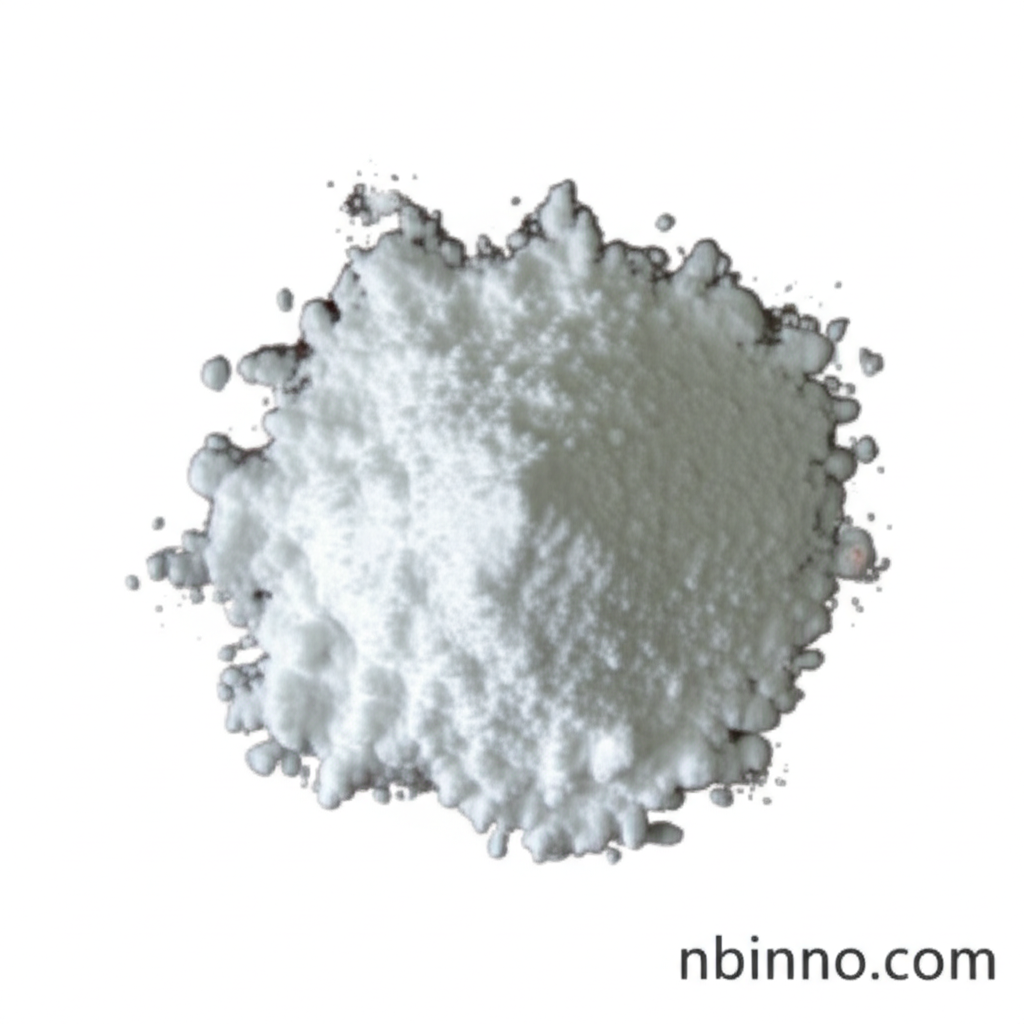Heptadecafluorooctanesulfonic Acid: Properties, Applications, and Environmental Impact Analysis
An in-depth look at PFOS (CAS 1763-23-1), its chemical characteristics, industrial relevance, and environmental concerns.
Get a Quote & SampleProduct Core Value

Heptadecafluorooctanesulfonic Acid
Heptadecafluorooctanesulfonic Acid (PFOS) is a synthetic fluorosurfactant with a C8F17SO3H chemical formula. Known for its exceptional stability and surfactant properties, it has been utilized across a broad spectrum of industrial applications. However, its persistence, bioaccumulative nature, and toxicity have led to significant environmental and health concerns, prompting global regulatory actions.
- Investigating the environmental impact of PFOS is crucial for understanding its persistence in various ecosystems.
- Understanding the PFOS health risks associated with exposure is vital for public health initiatives.
- The industrial uses of PFOS, from firefighting foams to semiconductor manufacturing, highlight its past utility but also its widespread environmental dissemination.
- Analyzing CAS 1763-23-1 provides critical data for tracking and managing this chemical.
Key Advantages
Industrial Versatility
PFOS's unique chemical properties made it highly effective as an industrial catalyst and in applications like metal plating and semiconductor manufacturing, demonstrating its past utility in advanced industries.
Analytical Standard Utility
As an analytical reference standard, PFOS (CAS 1763-23-1) is essential for accurate determination of its presence in environmental samples, supporting crucial research and monitoring efforts.
Persistence and Stability
The inherent stability of PFOS due to its carbon-fluorine bonds contributes to its effectiveness in demanding industrial processes, although this same characteristic makes it a persistent organic pollutant.
Key Applications
Firefighting Foams
PFOS was a key component in aqueous film-forming foams (AFFF), widely used for fire suppression, particularly in aviation and industrial settings.
Metal Plating
Used as a mist suppressant in hard metal plating processes to improve efficiency and reduce airborne contaminants.
Semiconductor Industry
Applied in various photolithographic chemicals, including photoacid generators and anti-reflective coatings.
Textile and Leather Treatment
Employed as stain repellents and impregnation agents for textiles, leather products, carpets, and other consumer goods.
